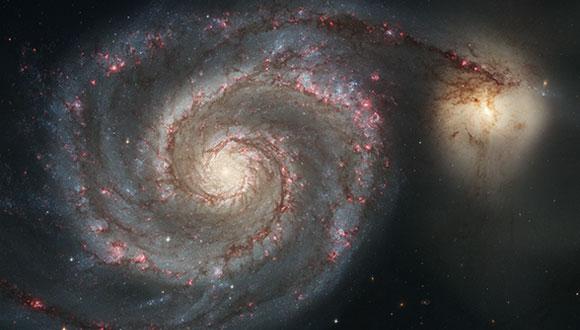Astronomy & Astrophysics Seminar: Completing the exoplanet census with microlensing
Dr. Yossi Shvartzvald, Jet Propulsion Laboratroy
Abstract:
Over the last three decades, our knowledge about planetary systems has increased dramatically, from one example with eight planets (our own Solar system) to over 2600 planetary systems hosting more than 3500 planets. While occurrence rate studies show that exoplanets are the rule rather than an exception our understating of how these planets form, in different environments and around different stars, is still limited. However, we are now on the verge of the next revolution in exoplanet science. TESS, PLATO, JWST, WFIRST, and LSST will complete the demographic census of planets across a wide range of environments, and will allow detailed characterization of their atmospheres and structure.
In this talk I will discuss the important role of microlensing in the forefront of exoplanetary studies. Gravitational microlensing is unique in its ability to probe several relatively untapped reservoirs of exoplanet parameter space, including planets near the "snowline," planets throughout the Galaxy, and the population of free-floating planets. A wealth of new and upcoming microlensing campaigns, both from ground and space, will allow the full exploration of the exoplanet demographics unique to microlensing. Specifically, I will present the key results from the first space microlensing campaigns, with Spitzer, which enable the first estimate of the Galactic distribution of planets, and preliminary results from the first NIR microlensing survey, with UKIRT, mapping the microlensing event rate and event timescale distribution near the Galactic center, which are inaccessible to optical surveys due to the high extinction. These are crucial for the microlensing survey planned with NASA flagship mission WFIRST, which is scheduled to launch in 2026, and will discover thousands of snowline exoplanets via their microlensing light curves, enabling a Kepler-like statistical analysis of planets at 1-10 AU from their parent stars and potentially revolutionizing our understanding of planet formation.
Seminar Organizer: Prof. Sara Beck


